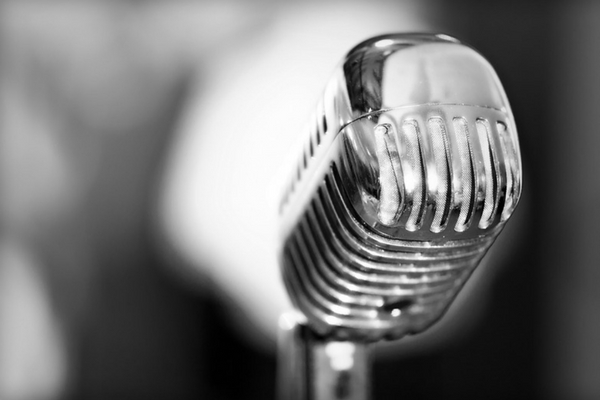I have been traveling around the country full-time as a professional speaker for many years. I love delivering the keynote speech at conferences, conventions, and special events. Meeting planners often ask me questions like, “Is there anything we could have done better? What can we do to improve?” My normal answer is – “It’s all about the details.” Those with less experience often miss some of the fine points that can make the difference between a successful event and one that leaves people feeling disappointed, empty, and unimpressed. When it comes to working with speakers, here are some of the most important things business leaders can do to assure a good experience for everyone:

1. Have a high-quality microphone and sound system.
Invest in a good system and, if needed, a technician to operate it. Make sure it’s tested and working well ahead of time.
2. Be prepared to introduce the speaker.
Assign someone ahead of time to review the speaker’s bio and prepare a brief introduction that will start the talk off on the right foot. Impromptu introductions often result in awkwardness or even embarrassment.
3. Arrange technology.
Find out ahead of time what technology the speaker requires, and make sure it’s there and working. The minimum is generally a video projector connected to a system that can run PowerPoint.
4. Be clear about the schedule.
Try to keep everything on time. Transitions are key. The speaker should know up front when they are speaking and for how long, and whether anything else like a meet-and-greet after the talk is planned.
5. Don’t use the speaker’s slot to adjust scheduling.
If you’re running behind because you started 20 minutes late, don’t ask the speaker to cut their message in half on the fly. That leaves the audience feeling like they didn’t get what they paid for.
6. Try to not schedule the speech during a meal.
It’s difficult to speak while people are eating—glasses, silverware clanging, “pass the butter, please,” etc. all add up to a lot of distraction. Most professional speakers prefer a morning slot, after breakfast, before lunch, or a late slot after dinner. (Afternoon should be avoided if possible).
7. Have a well-lit elevated speaker’s platform/stage.
It’s important that people can SEE the speaker.
8. Have a good seating arrangement.
Are there clear sightlines to the speaker without people having to twist their necks or look around other people? Uncomfortable people have a hard time listening.
9. Don’t distract.
Avoid having people working back stage or moving things around during the speech. Schedule around such distractions (to the speaker and the audience), even if it means reserving additional space.
I want to serve the audience with the best speech I can give and I always appreciate it when the meeting planner is prepared. When it comes to a convention, conference or special event, we all want the people attending to have the opportunity to learn, laugh, and take home something that could not only brighten their day, but maybe even change their life.
